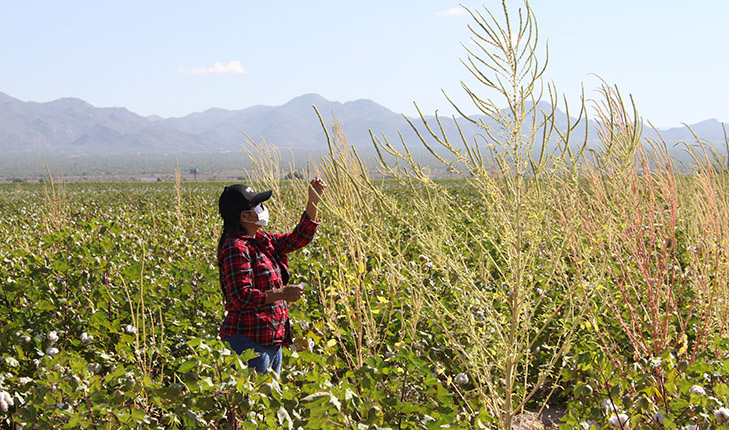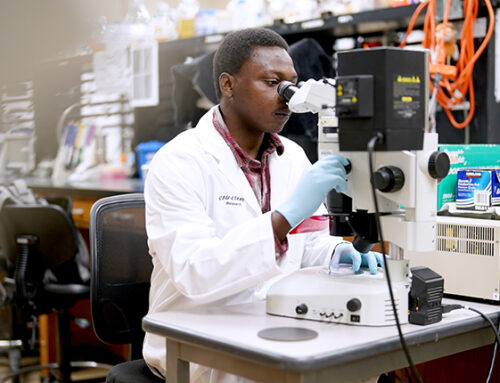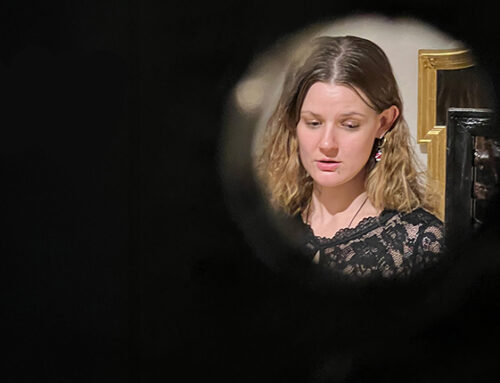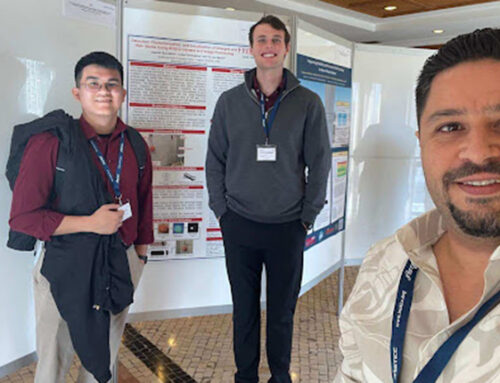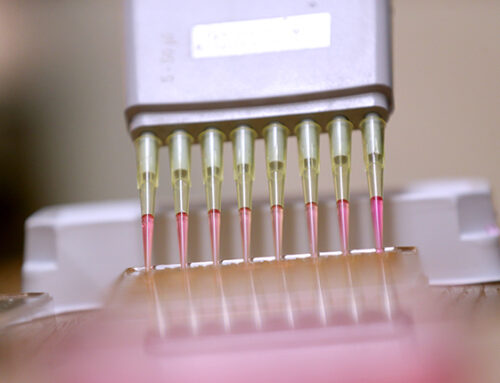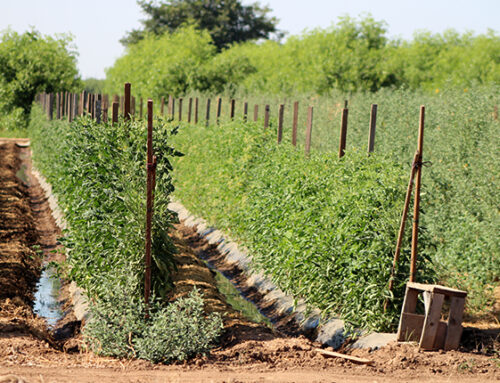Fresno State had a record year of research funding with 393 awards in 2018-19 totaling about $45 million compared to 340 awards and a total of $37 million the year before. That’s a 22% increase in funding.
In addition, the faculty is also publishing in quality journals and successfully competing for prestigious grants from the California State University Chancellor’s Office and major agencies, including the National Science Foundation.
Recently, Drs. Anil Shrestha and Katherine Waselkov received $189,106 of a $446,522 joint grant with the University of Illinois at Urbana-Champaign to study Palmer amaranth — a problematic weed species.
The grant comes from the Agriculture and Food Research Initiative under the United States Department of Agriculture to fund a three-year research project with the University of Illinois as the lead.
Herbicide (glyphosate)-resistant Palmer amaranth, a plant native to the southwestern part of the United States, was documented in California by Shrestha’s student group in 2016, he said, and it is ranked as the most problematic weed species in the United States by the Weed Science Society of America.
Recent discoveries of Palmer amaranth populations at new locations in two distinct crop production areas of the upper Midwest and California’s Central Valley signal a looming threat to growers in these regions, said Shrestha, chair of the Department of Viticulture and Enology and professor of weed science in the Jordan School of Agricultural Sciences and Technology. However, it is not known if these are glyphosate-resistant populations, or if Palmer amaranth has acquired other adaptations to the climatic and soil conditions in these new environments.
Shrestha and his students will conduct ecophysiological experiments on Palmer amaranth. These will include examining vegetative and reproductive traits under different moisture, shade and salinity levels that simulate the agricultural environments of Central California to test Palmer amaranth’s tolerance to these conditions.
Waselkov, assistant professor of biology in the College of Science and Mathematics, will handle the genomic and bioinformatics portion of the research. Her lab will use extracted DNA from leaf samples to identify molecular markers associated with specific resistance mechanisms and will work with the University of Illinois to identify the geographic origins of invasive populations of Palmer amaranth.
The project results could be used to identify demographically and genetically independent populations where local eradication efforts can be focused. This grant provides a unique opportunity to investigate a parallel invasion on two geographical fronts in real time, Waselkov said, and to learn more about the drivers of agricultural weed expansion.

